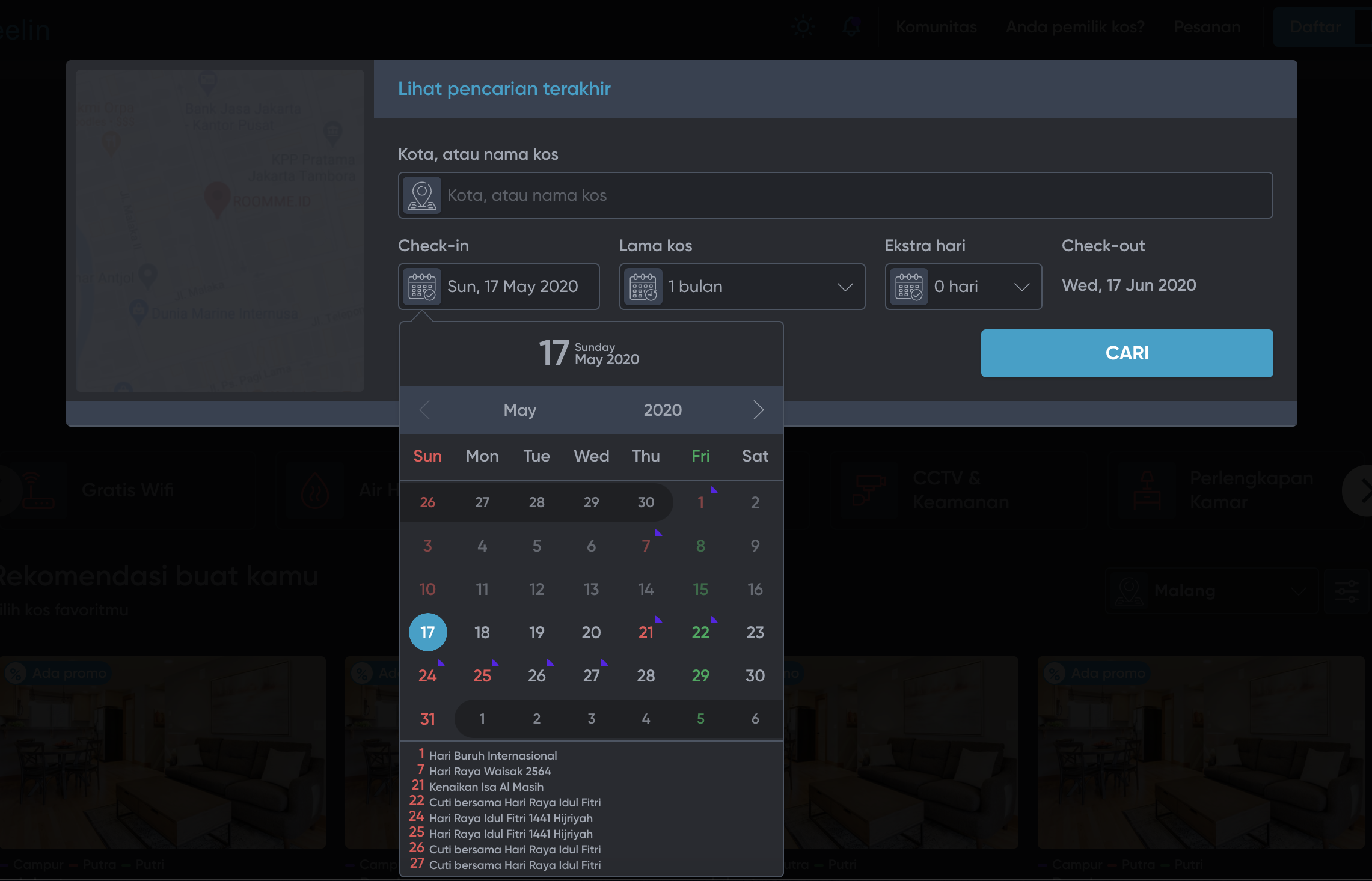
However, what works for one developer or project may not work for another, so it is necessary to research a variety of options before committing yourself to one. As a result, the time saved can be invested in fine-tuning the produced website design.ĭue to their popularity, many different CSS frameworks are available, and new ones regularly pop up. With a CSS framework, a developer can bring up a simple website skeleton in no time, having browser-incompatibility problems fixed. Containing common UI components, grid systems, layouts, and many other features, CSS frameworks significantly streamline the workflow. Not willing to waste precious time reinventing the wheel, front-end developers often resort to CSS frameworks as an efficient tool to meet the demands of diverse platforms and screen sizes.
Simple css library code#

take care of website rendering by all browsers.This gave rise to CSS frameworks that addressed these challenges.ĬSS frameworks are sets of default CSS and HTML files that provide a handy platform for website design bringing the following benefits to the front-end workflow: Many of the initial challenges of mobile browsing related to speed, performance, modularity, and responsiveness. Today more than 50 percent of Internet traffic originates from mobile browsers. Settling on a go-to CSS framework Reading time: 12 minutes.Pure: very lightweight, simple, and fast CSS framework.Materialize: a great option for a starter framework.Material Design Lite: Google official framework.

Semantic UI: natural language that just makes sense.Bootstrap: leading responsive CSS framework.


 0 kommentar(er)
0 kommentar(er)
